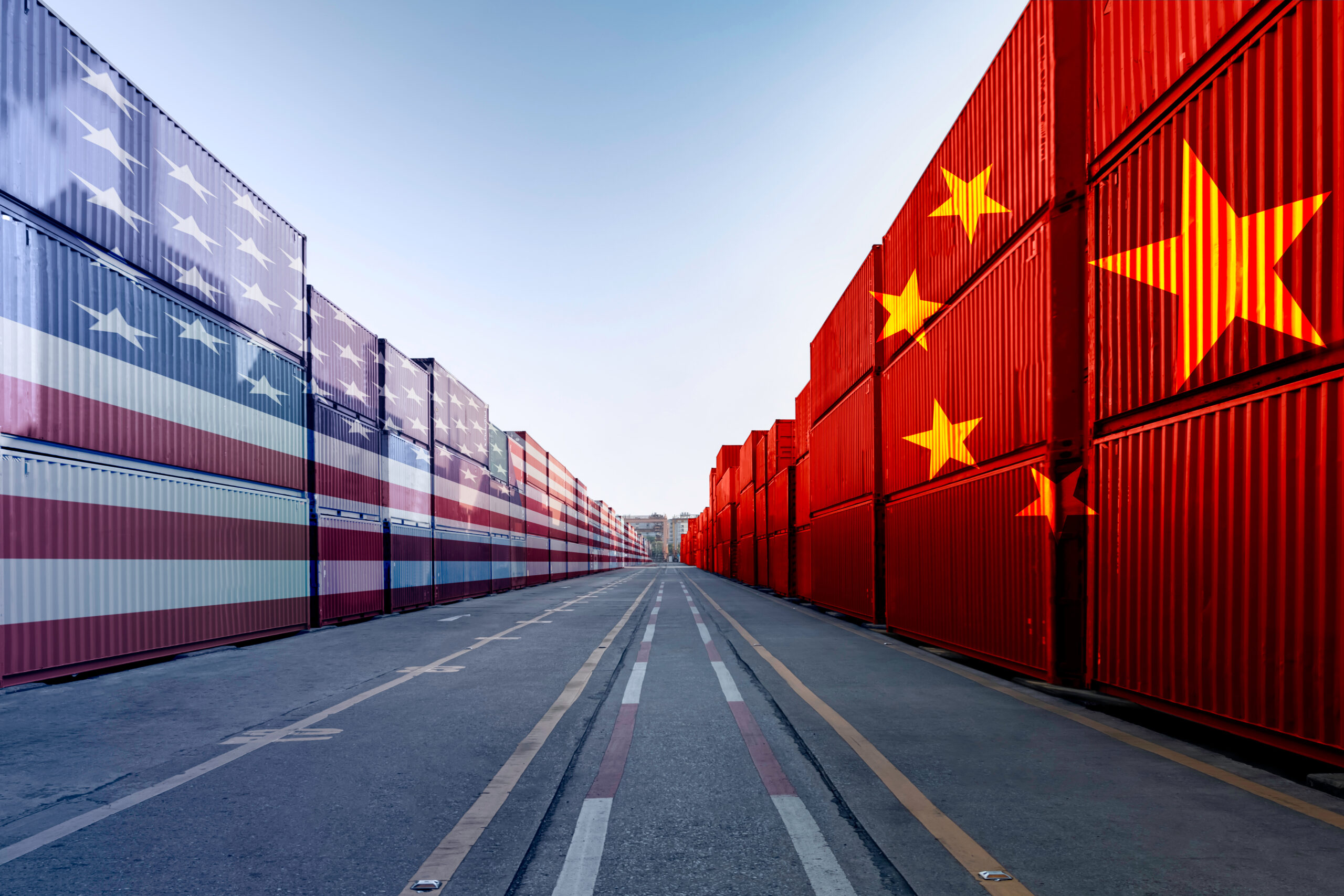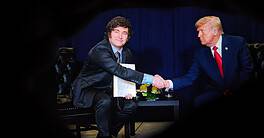In September, the US adopted a 100% tariff on all electric vehicles (EVs) imported from China, along with a 50% tariff on solar cells and a 25% tariff on steel, aluminum, EV batteries and key minerals. The raft of new duties took effect on September 27, and a long-debated 50% tariff on Chinese semiconductors is to be implemented next year.
President Joe Biden initially announced the new tariffs in May, proposing to quadruple the existing 25% duty on EVs, double the tariff on solar cells, and add a new 25% tariff on lithium-ion batteries and other strategic goods, including steel. The White House originally stated that the new tariffs would take effect on August 1, but implementation was delayed, allowing the US Trade Representative’s office to review over 1,100 public comments.
“Today’s finalized tariff increases will target the harmful policies and practices of the People’s Republic of China that continue to impact American workers and businesses,” says Trade Representative Katherine Tai. “These actions underscore the Biden-Harris administration’s commitment to standing up for American workers and businesses in the face of unfair trade practices.”
Following a four-year review of tariffs originally imposed by former President Donald Trump, the Biden-Harris administration has maintained duties on over $300 billion worth of Chinese goods ranging from toys and t-shirts to internet routers and industrial machinery, with rates primarily between 7.5% and 25%.
Additionally, both the European Union and Canada have introduced new tariffs on Chinese EVs, with Canada matching the US 100% duties.
Concerns from producers about the potential disruption to supply chains and warnings from economists that the new tariffs could raise consumer prices and eventually cost US jobs have largely been ignored. The so-called trade war with China began in 2018 when Trump introduced the first set of tariffs as part of his “America First” policy aimed at reducing the trade deficit. Much of the US political establishment has shown support for new and higher tariffs on China, although they differ on the appropriate levels and their enforcement.
That dynamic has carried over into the presidential campaign season. While the current presidential candidates have different views on many issues, Donald Trump and Kamala Harris share similar positions on trade with China. Their main differences relate to the severity of the proposed tariffs, with Trump advocating for even higher duties.




